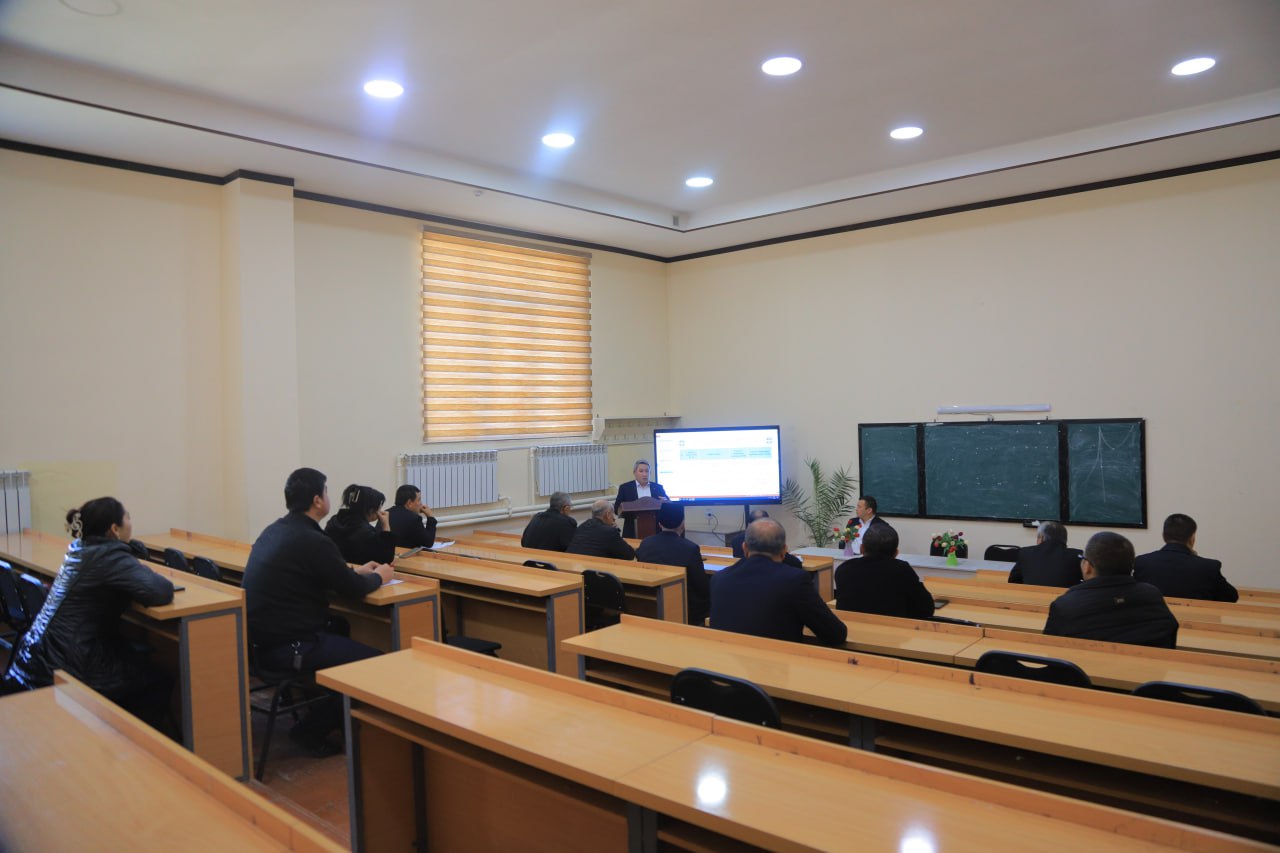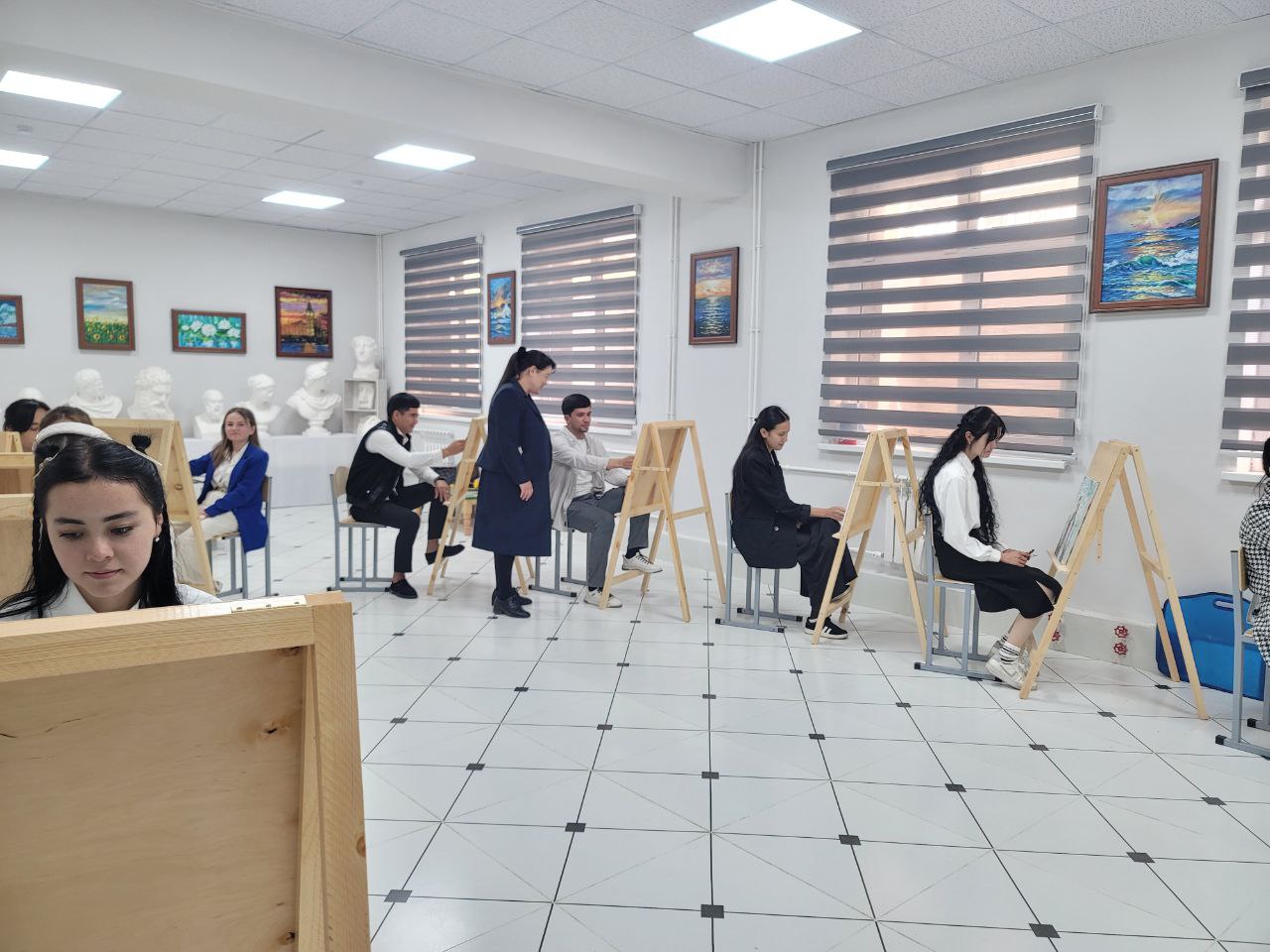Rustamov Abdushukur Alibayevich – Jizzakh State Pedagogical
Institute Teacher at the Faculty of Foreign Languages (German).
ANNOTATION
By this article you can get information how to teach writing skills.
Keywords: interaction lacks, notational skills, textual segments, clues, and models of typicalprose, creative activities.
INTRODUXTION
The writing process, in comparison to spoken interaction, imposes greater demands on the text, since written interaction lacks immediate feedback as a guide. Writing is, in a very sense, a mirror image of reading. Both are interactive. Readers decode what writers encode. Both draw upon schemata. The reader brings prior knowledge to the comprehension of a text; the writer draws upon similar knowledge in composing a text.
Expressive writing or composition involves the development of ideas either of a practical or a creative nature. Pedagogically, there is considerably more control in the development of notational skills than in more expressive types of writing. The expectation is that the EFL student will progress through several stages of writing practice to the early stages of creative composition.
This development from control to creativity continues a line drawn throughout
this manual in the chapters on dialogues, oral exercises, and reading comprehension. The first activities are skill building exercises taking the learners from the very beginning to the mid-intermediate proficiency level. Here the focus is on structural detail and accuracy in the use of the written language. Learners are presented with textual segments, clues, and models of typical prose to assist them as they attempt to rearrange words or sentences, complete
partially written texts, and imitate or modify entire paragraphs. In skill building exercises the progression is from simple to more complex structures, a so-called bottom up approach. The second part of the chapter, which is meant for intermediate and advanced learners, shifts the focus from the mechanical manipulation of structure to the more creative activities of process
writing.
The process approach to writing is based upon a set of principles basically different from those underlying skill building. Where skill building exercises move from simple to complex structures, process writing, which is a top down model, starts with a concept or theme and works down to the grammatical and semantic units. In the process approach each learner completes a writing assignment in a group, exchanging ideas with other members of the group
and receiving editorial help at various stages of composition. When conducted properly, process writing is a prime example of cooperative learning.
One of the headaches that the teachers of English in EFL and ESL classrooms face is how to teach writing.
It is one of the skills that require students not only to be equipped with the
necessary skills but also to be motivated. For most people writing is a painful process. It necessitates training and patience. What is writing?
Before dealing with how to teach writing, let’s first see what is meant by ‘writing’. In this article, writing is seen as : a purposeful human activity whereby the writer intends to communicate content – represented
with conventional signs and symbols – to an audience (i.e. reader).
In the above definition five elements are of paramount importance:
1. The writer (who)
- The content (what)
- The purpose (why)
- The audience (for whom)
- The medium (signs and symbols)
In addition to the above elements, writing involves many processes, including, the generation and organization of ideas, drafting, revising, and editing.
How to teach writing presupposes some prerequisites. Teachers of English should be aware of not only the theoretical underpinnings of the writing tasks but also the practical procedures that contribute to the success of the writing lesson. In the following section, we will have a look at:
- The basic knowledge that learners should develop in the writing lesson.
- The different types of writing activities.
- Writing as a tool forlearning.
- Writing as a major syllabus component.
- Teaching writing as a product, as a process, and as a genre.
Learners should be trained to develop different language subskills. The knowledge that they should develop range from handwriting skills and mechanics to the ability to produce coherentwriting. Other types of knowledge include vocabulary, grammar, and paragraph structure. The
use of cohesive devices (e.g. however, nevertheless, but, etc.) is also of paramount importance for good writers.Writing for learning concerns those activities that necessitate the involvement of the students in some form of writing:
§ Grammar: providing examples of the target structures, gap filling, transformation exercises…
- Reading: answering the comprehension questions, summarizing…
- Speaking: preparing a conversation before an oral performance, jotting down ideas forsubsequent discussion about a topic…
All the above activities are not part of a self-contained writing lesson. Writing in these activities is just a by-product of the work on other language components.
GALAXY INTERNATIONAL INTERDISCIPLINARY RESEARCH JOURNAL (GIIRJ)
REFERENCES
1) Badger, R. & White, G. (2000). A process genre approach to teaching writing. ELT Journal, Volume 54, Issue 2, 1 April 2000
2) Harmer, J. (2004) How to Teach Writing, Harlow: Pearson Education.
3) Nation, I.S.P. Teaching ESL/EFL Reading and Writing. Abingdon, Oxon: Routledge: 2008





